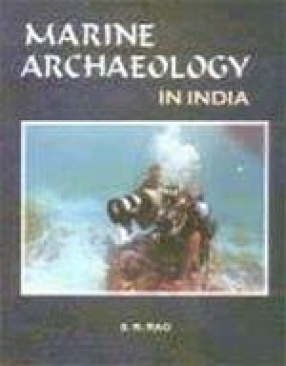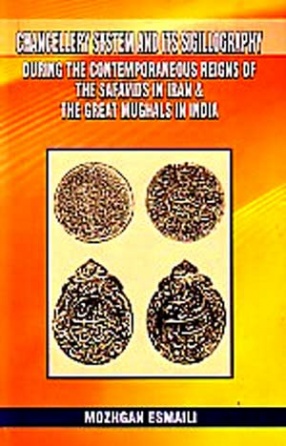The discovery of the legendary city of Dvaraka which is said to have been founded by Sri Krishna, is an important landmark in the history of India. It has set at rest the doubts expressed by historians about the historicity of Mahabharata and the very existence of Dvaraka city. It has greatly narrowed the gap of Indian history by establishing the continuity of the Indian civilization from the Vedic age to the present day. The discovery has also shed welcome light on second urbanization in the so-called ‘Dark age’, on the resuscitation of dharma, on the resumption of maritime trade, and use of Sanskrit language and modified Indus script. Incidentally, scientific data useful for a study of sea level changes and effects of marine environment on metals and wood over long periods has also been generated by underwater exploration. All this was possible because of the dedicated and daring efforts of marine archaeologists, scientists and technicians of the Marine Archaeology Centre of the National Institute of Oceanography. In Chapter 1 of the book an attempt is made to acquaint the reader with the main personalities and events of the Mahabharata and to give various shades of opinion about the human-divine character of Sri Krishna, although for purposes of scientific investigation of the city of Dvaraka it did not matter much whether he was a divine or a human being with superhuman qualities. His commitment to uphold the dignity of man and to induce people to do their duty fearlessly and without expecting any reward have guided succeeding generations of Indians to follow the path of dharma as enunciated in the Bhagavadgita. Chapter 2 gives a summary of the textual references to the location of Dvaraka and checks the claims of four different sites in Saurashtra to be recognized as Krishna’s Dvaraka with reference to archaeological evidence available. Particulars of the onshore archaeological evidence at Dwarka in 1979-80 which clinch the issue are also mentioned. In Chapter 3 the problems of organizing Marine Archaeological expeditions and the methodology adopted in underwater excavation and documentation are briefly stated so that the general reader may be able to follow the details of exploration given in the next chapter. In chapter 4 the details of structures and portable finds are given for the benefit of experts. This may not interest the general reader, but in the interest of scientific recording the details had to be included. The interest of the non-expert is also borne in mind and a summary of findings is given. Chapter 5 deals with geophysical survey and exploration in Dwarka, Bet Dwarka and Somnath waters. Chapter 6 is devoted to the identification of submerged structures of Bet Dwarka and Dwarka with those mentioned in the ancient texts and the basis on which dating has been done is also explained. In conclusion it can be said that the archaeological finds are compatible with the textual description of ancient Dvaraka which was a city – state comprising of Kusasthali-Dvaraka (Bet Dwarka), Dvaraka port town on the mainland, Nagesvara and perhaps Pindara also. Chapter 7 highlights the significance of the antiquities found in excavations for purposes of dating Dvaraka and assessing the level of civilization during the Mahabharata period.
Animal Biotechnology: Vaccines and Diagnostics-Markets and Investment Opportunities
The animal sector in India ...
$112.28
$124.75








There are no reviews yet.